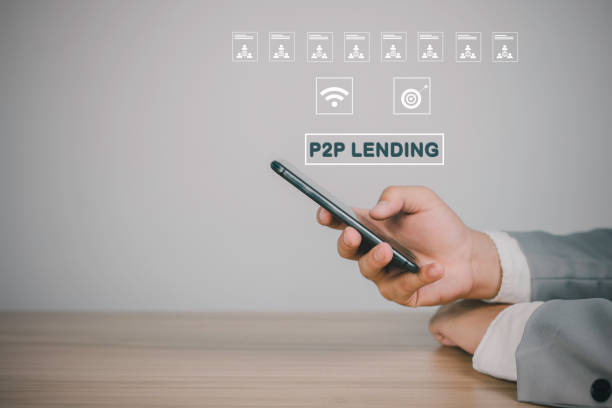Decoding the Puzzle of Peer-to-Peer Lending
In the ever-evolving world of finance, peer-to-peer (P2P) lending has emerged as an innovative and popular form of investment. With its roots dating back to the early 2000s, P2P lending offers an alternate route to traditional banking systems, connecting borrowers and lenders directly through online platforms. This article uncovers the intricacies of this financial trend, its benefits, risks, and potential impact on your investment portfolio.

A Brief History of P2P Lending
Peer-to-peer lending, also known as crowdlending, first surfaced during the early 2000s. The concept was simple: create an online platform where people with surplus funds can lend to those in need. This bypassed traditional banks and financial institutions, connecting borrowers and lenders directly.
The first P2P lending platform, Zopa, was launched in the UK in 2005. Since then, the concept has spread globally, birthing platforms like LendingClub in the US and RateSetter in Australia. The industry has seen steady growth, with the global P2P lending market size projected to reach USD 558.91 billion by 2027.
Understanding the P2P Lending Market
P2P lending is appealing for many reasons. For lenders, it offers a chance to earn higher returns compared to traditional savings accounts or bonds. For borrowers, it provides access to funds without the rigid requirements of banks.
However, like any investment, P2P lending comes with its risks. Default risk is a significant concern, as there is no guarantee that borrowers will repay their loans. Additionally, the lack of regulation in some jurisdictions raises concerns about platform stability and security.
The Impact of P2P Lending on Your Investment Strategy
Incorporating P2P lending into your investment strategy can offer diversification. By lending to multiple borrowers, you can spread the risk and potentially earn attractive returns.
However, P2P lending should not be your only investment. Due to its inherent risks, it’s best to balance it with more stable investments like stocks, bonds, or mutual funds.
Practical Insights into P2P Lending
- Start with a small investment: Before going all-in, start with a small investment to understand the platform and its nuances.
- Diversify your loans: Spread your investment across multiple loans to mitigate the risk of default.
- Be aware of the risks: Understand that P2P lending is not risk-free. Ensure you’re comfortable with the level of risk before investing.
- Research the platform: Choose a reputable platform with a proven track record. Look for transparency in their operations and borrower vetting process.
In conclusion, P2P lending presents a unique investment opportunity. With potential for high returns and the chance to bypass traditional banking systems, it offers a fresh perspective on lending and borrowing. However, like any investment, it carries risk and requires careful consideration. By understanding its workings and potential pitfalls, you can make an informed decision about whether P2P lending has a place in your investment portfolio.





